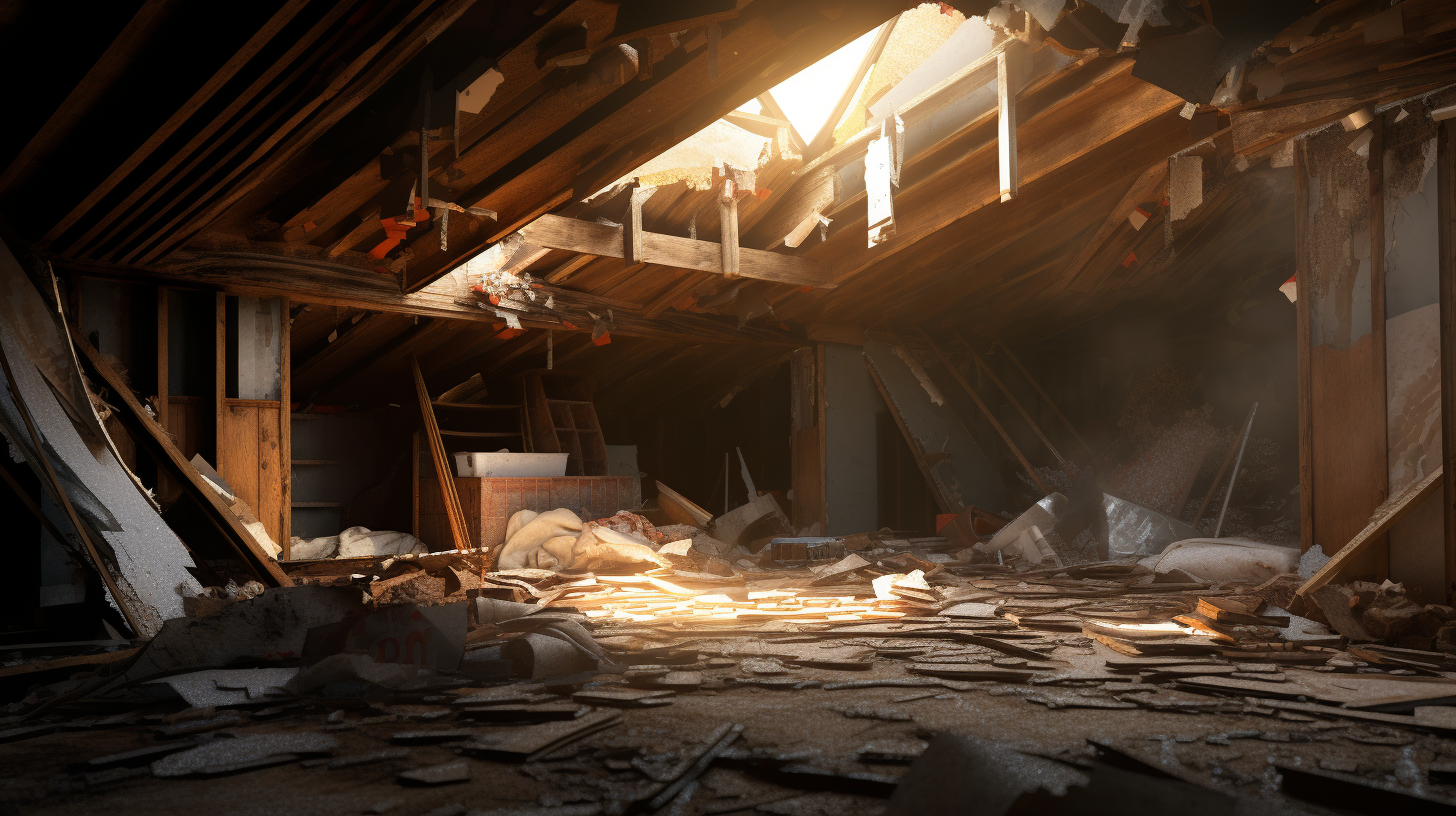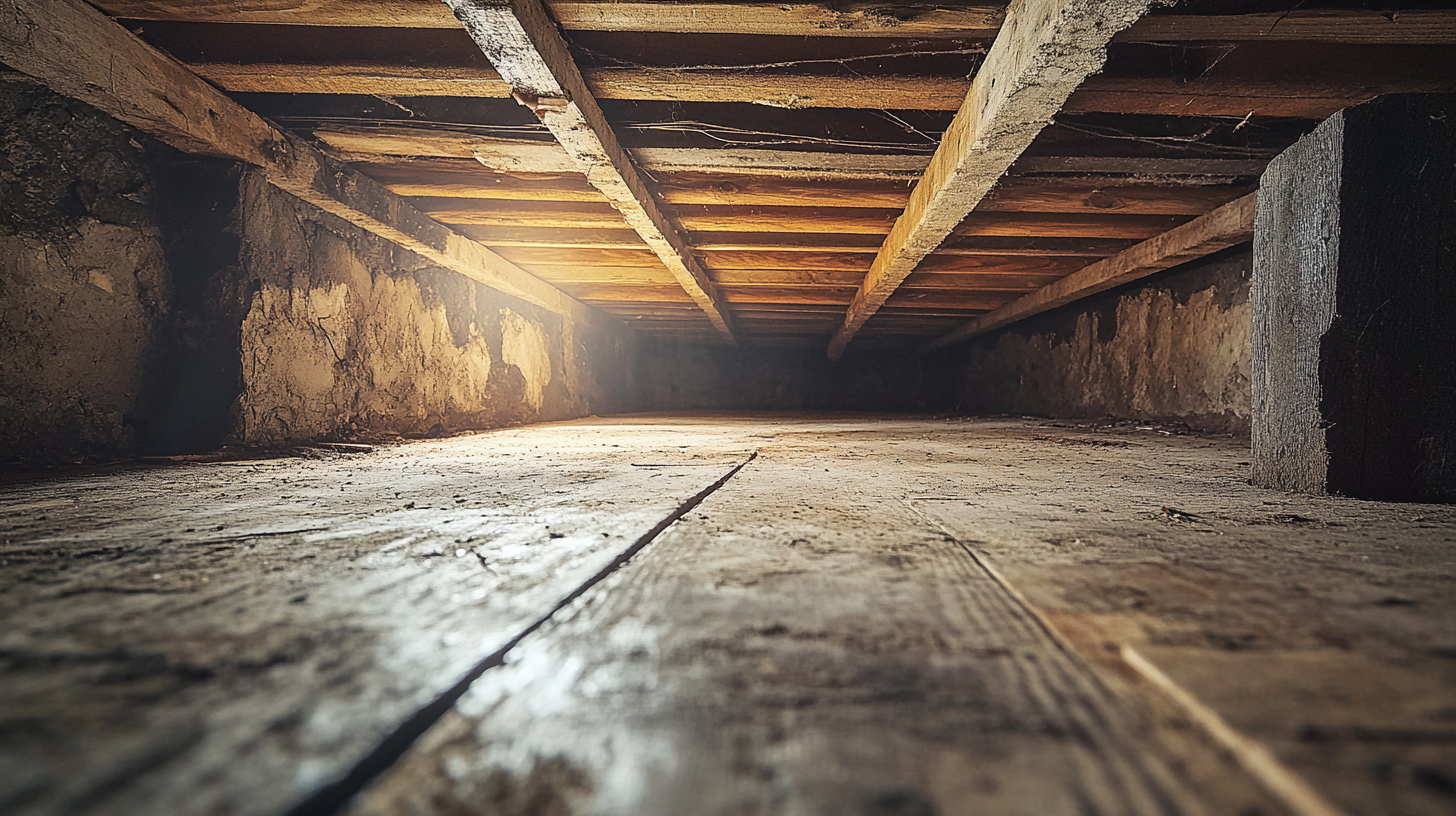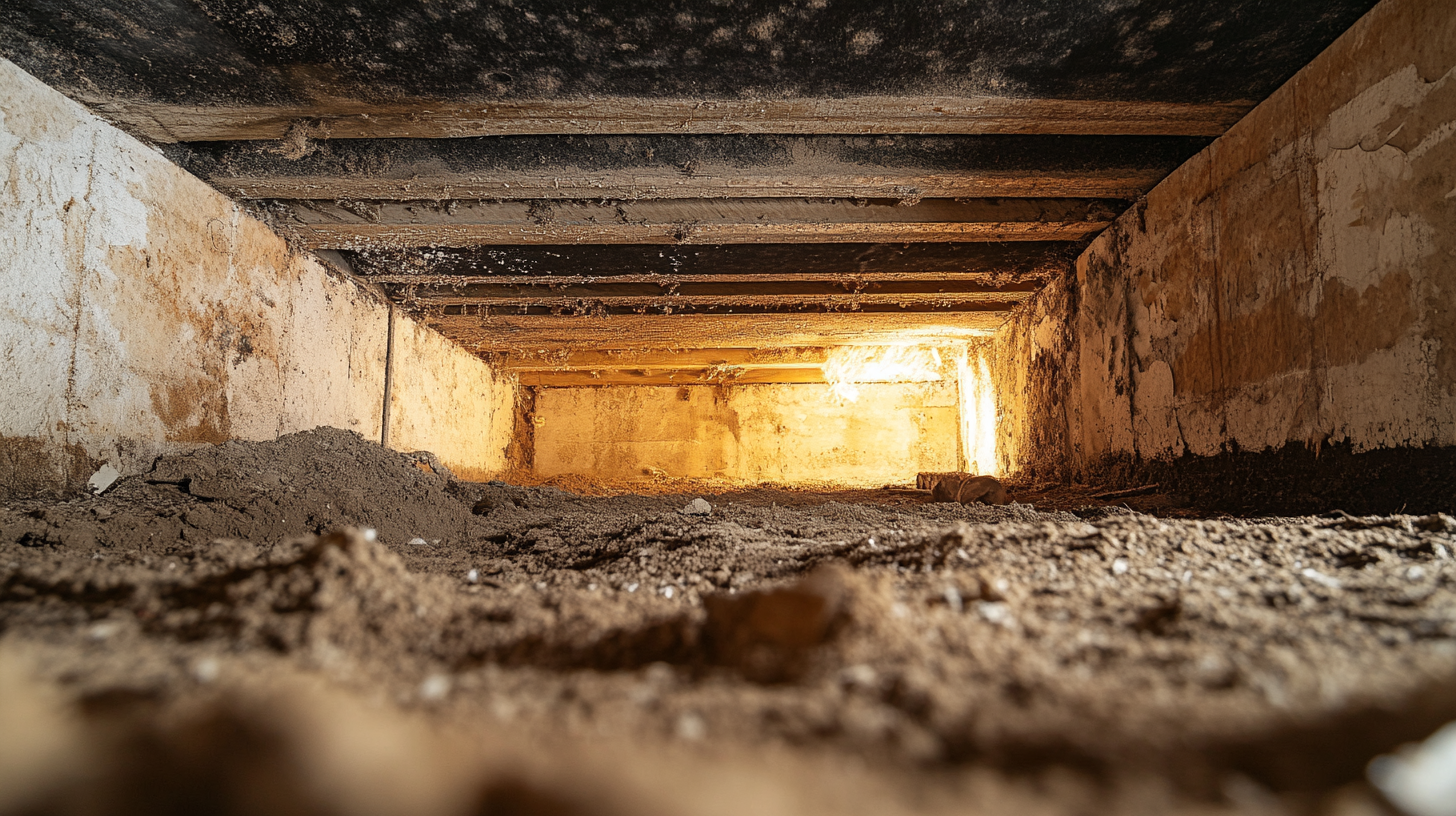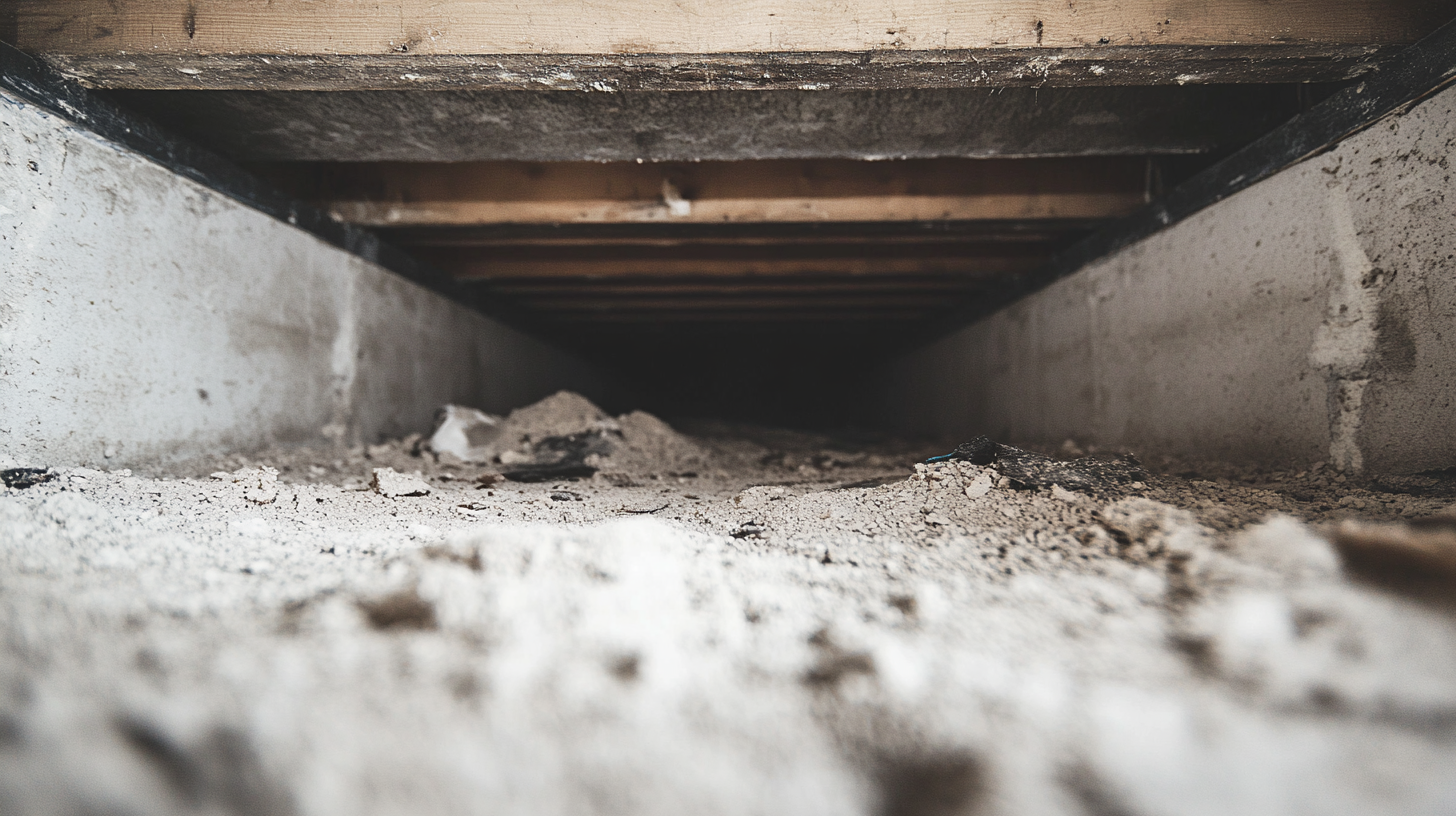Reinforcement Techniques for Cracked Foundations

Foundation cracks are more than just cosmetic blemishes—they are early warning signs of potential structural instability that can compromise the safety and longevity of your property. These cracks, often caused by factors such as soil movement, water intrusion, or natural wear and tear, can escalate quickly if left unaddressed. What begins as a minor issue may lead to significant problems, including uneven floors, misaligned doors and windows, and even structural failure.
Promptly addressing foundation cracks is essential to prevent further damage and mitigate risks. Early intervention not only ensures the safety of the building but also minimizes repair costs, as smaller cracks are generally easier and less expensive to fix. Timely repairs also protect against additional issues like water seepage, which can weaken the foundation and lead to costly water damage inside the home.
This blog will explore why foundation cracks demand immediate attention, the risks of delaying repairs, and how proactive measures can safeguard your property’s value and structural integrity. By acting swiftly, homeowners can turn a potentially daunting issue into a manageable and cost-effective solution.
Understanding Foundation Cracks
Common Types of Foundation Cracks
Foundation cracks come in various forms, each with unique implications for the structural integrity of a building. Hairline cracks are typically minor and often appear during the curing process of concrete. These are usually superficial and not immediately concerning. Vertical cracks, which are commonly caused by settlement or shrinkage, may also be relatively harmless if they are narrow and stable. However, horizontal cracks are a more serious issue, as they indicate significant pressure against the foundation walls, often resulting from soil expansion or water pressure. Diagonal cracks frequently arise from uneven settling or soil movement and can range from minor to severe, depending on their size and progression.
Causes of Foundation Cracks
Foundation cracks stem from a variety of underlying causes that often reflect environmental and structural factors. Soil settlement or expansion is a leading contributor, as shifting ground beneath the foundation can create uneven pressure. Poor drainage exacerbates this issue by allowing water to accumulate and exert pressure against foundation walls, weakening them over time. Natural wear and aging of materials also play a role, as older foundations are more susceptible to cracking. Additionally, external forces such as earthquakes or other ground movements can introduce stress that exceeds the foundation’s capacity, leading to significant cracking.
Evaluating the Severity
Assessing the severity of foundation cracks is critical to determining the urgency of repairs. Superficial cracks, such as hairline or narrow vertical cracks, are typically cosmetic and require minimal attention. Structural cracks, however, pose greater risks to the integrity of the building. Signs of serious damage include cracks that widen over time, water leakage through the foundation, uneven floors, or doors and windows that stick due to shifting structures. Understanding the difference between superficial and structural cracks ensures that property owners take appropriate and timely action to protect their investments.
Reinforcement Techniques for Cracked Foundations
Epoxy Injection for Hairline Cracks
Epoxy injection is a highly effective technique for repairing hairline cracks that are non-structural in nature. This method involves cleaning the crack thoroughly to remove any debris or loose material, ensuring a clean surface for bonding. Once prepared, epoxy is injected into the crack to bond the fractured edges and seal the gap. After injection, the epoxy is allowed to cure, creating a strong and durable repair that restores the integrity of the affected area. This approach is ideal for preventing water intrusion and maintaining the foundation’s appearance.
Carbon Fiber Reinforcement for Horizontal Cracks
Horizontal cracks, often caused by significant lateral pressure, can be reinforced effectively with carbon fiber strips. These strips are lightweight yet incredibly strong, providing a quick and minimally invasive solution for structural reinforcement. The process begins with cleaning and smoothing the cracked surface to ensure proper adhesion. Next, adhesive is applied to the surface, and the carbon fiber strips are secured in place. Once the adhesive cures, the strips provide added strength and stability, preventing further movement or cracking.
Underpinning for Settling Foundations
Underpinning is a specialized technique used to address severe foundation settlement or uneven cracks. For this method, engineers typically employ helical piers or push piers, depending on the specific requirements of the project. Helical piers, which resemble large screws, are driven deep into stable soil to provide support and lift the foundation. Push piers, on the other hand, are hydraulically driven steel supports that stabilize and potentially elevate the foundation back to its original position. These methods are highly effective for restoring stability to foundations affected by soil movement or other settlement issues.
Concrete Patching for Minor Surface Cracks
Concrete patching is a simple yet effective solution for addressing minor surface cracks that do not compromise structural integrity. The process begins by cleaning the crack thoroughly to remove debris and ensure proper adhesion. A concrete patching compound is then applied to fill the crack, and the surface is smoothed for a uniform appearance. Once cured, the patch provides a durable and aesthetically pleasing fix, making it an excellent choice for minor wear and tear.
Wall Bracing for Bowed Foundation Walls
Bowed foundation walls, often caused by excessive lateral pressure, can be stabilized with wall bracing techniques. Steel I-beams are a common solution, installed vertically against the wall to provide support and resist further bowing. Alternatively, adjustable wall anchors can be used to pull the wall back into alignment gradually. These techniques are designed to counteract the forces causing the bowing and restore the wall’s stability, preventing additional damage to the foundation.
Preventive Measures to Avoid Future Cracks
Improving Drainage Systems
Effective drainage systems are essential for protecting foundations from water-related damage. Ensuring that gutters and downspouts direct water at least several feet away from the foundation reduces the risk of pooling and hydrostatic pressure against foundation walls. Installing or maintaining a perimeter drainage system, such as French drains, further safeguards the foundation by channeling excess water away from the property. These proactive measures prevent soil saturation and erosion, which are common causes of foundation instability and cracking.
Soil Management
Proper soil management around the foundation plays a crucial role in preventing cracks. Avoid planting trees or shrubs too close to the foundation, as their roots can exert pressure and disrupt the soil structure. Maintaining consistent soil moisture levels is equally important, especially in areas with expansive clay soils. Sudden drying or over-saturation can cause soil to expand or contract, leading to uneven settlement. Regularly watering during dry periods and ensuring proper drainage during heavy rains helps maintain a stable foundation environment.
Regular Inspections and Maintenance
Periodic inspections are key to identifying and addressing potential foundation issues before they become serious. Regularly checking for new cracks or changes in existing ones allows homeowners to take early action, reducing the likelihood of major repairs. Additionally, routine maintenance, such as sealing small cracks and monitoring drainage systems, ensures that minor issues are resolved promptly. Consistent attention to these preventive measures not only protects the foundation but also preserves the overall value and safety of the property.
Choosing the Right Professional for Repairs
Importance of Expertise
When dealing with foundation cracks, particularly severe ones, the expertise of a qualified professional is indispensable. Structural engineers or foundation specialists bring the knowledge and experience necessary to accurately assess the extent of the damage and determine the most effective repair methods. Their involvement ensures that the repairs are not only structurally sound but also compliant with local building codes. It is vital to verify their licenses and certifications to confirm their qualifications and commitment to industry standards. Choosing an expert over a general contractor for significant foundation issues minimizes the risk of inadequate or incorrect repairs.
Evaluating Repair Proposals
Not all repair proposals are created equal, making it essential to carefully compare quotes and methodologies from multiple professionals. A trustworthy repair plan should provide a detailed explanation of the proposed solution, including why it is appropriate for the specific issue at hand. Comparing methodologies helps homeowners identify cost-effective options without compromising on quality or durability. Be wary of overly simplistic or one-size-fits-all solutions, as they may fail to address the root cause of the problem. Choosing a professional who offers a comprehensive and tailored approach ensures the long-term stability of the foundation.
Monitoring the Repair Process
Active involvement during the repair process helps ensure that the work meets expectations and maintains high standards. Regular updates from the contractor provide transparency and allow homeowners to stay informed about the progress of the project. Scheduling periodic inspections, either personally or through an independent inspector, ensures that each stage of the repair is executed correctly. This vigilance not only protects the homeowner’s investment but also reinforces accountability, resulting in a durable and reliable repair.
Benefits of Timely and Effective Reinforcement
Ensures Safety
Timely and effective reinforcement of a cracked foundation is crucial for ensuring the safety of both occupants and the property itself. Addressing structural damage promptly prevents further deterioration, which could lead to severe issues such as wall collapses or foundation instability. These measures not only protect the building but also safeguard its inhabitants from potential hazards. By reinforcing the structure before cracks worsen, homeowners can maintain a secure and stable environment, eliminating risks associated with neglect.
Saves Money
Early intervention in foundation repairs is a cost-effective strategy that minimizes long-term expenses. Small cracks, when addressed promptly, are far less expensive to repair than extensive structural damage caused by delayed action. Effective reinforcement also prevents secondary damages, such as water leaks or soil erosion, which can lead to additional costly repairs. Investing in timely repairs reduces the overall financial burden, making it a practical choice for homeowners.
Increases Property Value
A solid, well-maintained foundation significantly enhances a property’s resale value. Buyers are more likely to invest in a home with a stable and secure foundation, especially when repairs are documented and demonstrate the use of high-quality materials and professional expertise. A property with a reinforced foundation offers peace of mind to potential buyers, reflecting the homeowner’s commitment to maintenance and care. Timely repairs not only preserve the home’s structural integrity but also make it a more attractive and valuable asset in the real estate market.
FAQs
Contact Fast Response Cleaning & Restoration Today!
Fast Response Cleaning & Restoration will do everything we can to ensure your experience with us is excellent.
Request A FREE Estimate
Request A FREE Estimate Form
CHECKOUT RECENT POST



Have an Emergency? We're Here to Help!
When it comes to disaster cleanup, we are a seasoned veteran in the industry and have helped hundreds of property owners just like you.
Our disaster recovery teams are available 24-7 to quickly clean up and repair disasters of all types.
